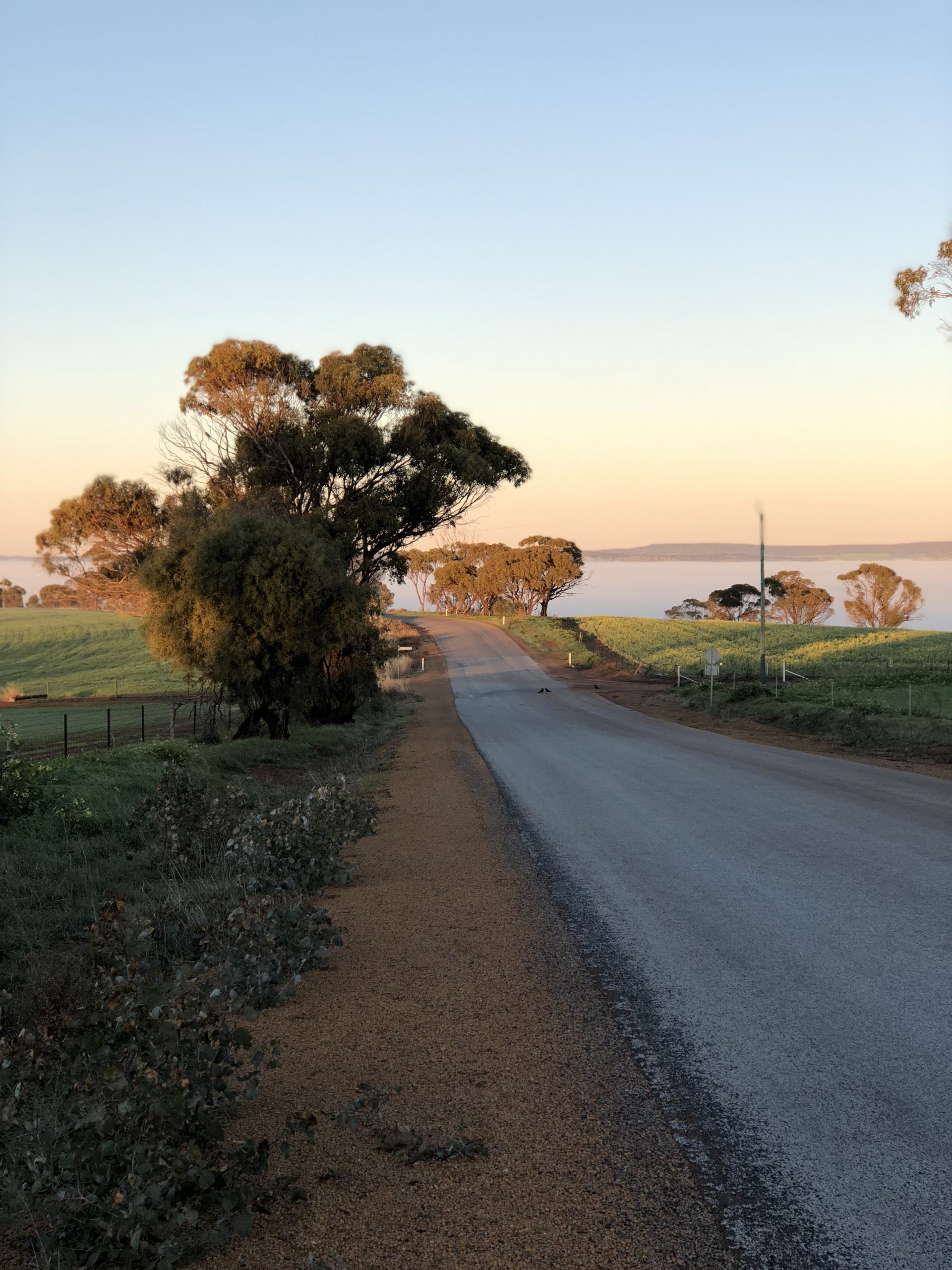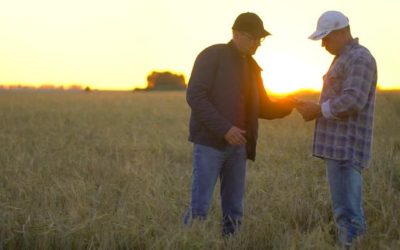Take a drive with me. Let’s leave the hustle and bustle of Perth city where roughly 71% of our population live. As you leave, you encounter the inner regional areas, where about 18% of the population resides. We stop to have a wonder around and something to eat because right now, there is still quite a bit of choice. These areas can still offer a relative ease to accessing city amenities. We hop back in our car and hit the outer regional – or rural areas, home to about 8.1% of the population. The landscape changes to a different kind of beauty, and serenity takes over as we start to say goodbye to a few things: high traffic, high rise buildings, the sound of hustle and bustle. Personally, I love it! I love saying goodbye to these things and saying hello to open space, fresh (er) air, less stimulation, more connection to land and community.
And this is what is so great about rural life and why to many people looking in, it can seem idyllic.
Yet, we also say goodbye to some things we shouldn’t have to: choice and access to fresh produce, choice and access to job opportunities, and probably the most significant: choice and access to services for our mental and physical wellbeing. And if we were to hop in our car again, we would feel this even more when we meet the 2.1% of residents that live in remote areas and the 0.8% that live very remotely.
I don’t want to paint a picture of doom and gloom when it comes to our RRR communities. Hand on heart, I wouldn’t want to be anywhere else and I wouldn’t want to raise our kids anywhere else. That connection to community and land is so strong and special for many that live rurally, including me. BUT, I have a job and I am lucky enough to have knowledge when it comes to looking after my mental, physical and social wellbeing.
Rural towns face economic volatility influenced by global market demands, legislative changes, and economic fluctuations. The rollercoaster of legislation, policies and economy are deeply felt by every single individual and business in our RRR communities. Not just financially, but socially, mentally, and physically. Consequently, many towns have witnessed declines in employment opportunities and also a steady outflow of younger residents seeking employment in larger urban centres . This decline has not only led to higher unemployment rates but some local businesses that remain are often struggling to stay afloat, grappling with reduced consumer spending and an ageing customer base.
Efforts to stimulate economic growth include government grants for small business development and initiatives aimed at diversifying industries. While these measures are proactive and welcomed, achieving economic revitalisation in rural Australia remains a formidable task. And whilst we are on that road to economic recovery, what about ‘human recovery’?
Our RRR communities continue to exist because the people that live in them have such a strong connection to country and community, or their business simply can’t be up’d and moved. Yet there is an expectation that we ‘juys get on with it’ and ‘she’ll be right’. This shows the absolute strength of the RRR communities but it may also be their downfall. We can not keep just getting on with it, we’re clearly not. I don;t need to highlight stats and figures to prove this, we know them. And if you don’t, i invite you to take notice and familiarise yourself with them
I acknowledge there are people and services doing wonderful work advocating for better mental health services and others that are dedicated to working in rural mental health (and yes, I include myself in here!) But addressing this issue is not just a matter of health but a matter of life and community well-being and quite simply, we need more.
Studies indicate (Ok, I did highlight some stats!!) that nearly 30% of people living in rural and remote areas experience mental health issues, yet only about 10% of mental health professionals serve these areas. This disparity leaves many residents to fend for themselves, resulting in worsening mental health conditions and a pervasive sense of hopelessness. Surely increasing investment in accessible mental health services, such as telehealth consultations, mobile mental health clinics, and community-based support programs will provide much-needed relief and support, helping to reduce the stigma around mental health and offering a lifeline to those in need.
By prioritising mental health in our RRR communities, and taking on a prevention rather than cure approach we can build stronger, more resilient communities, support the vitality of our farming sector, and improve the overall quality of life for all residents.




